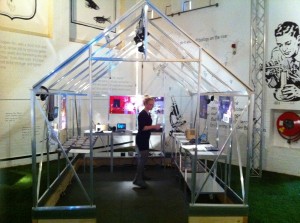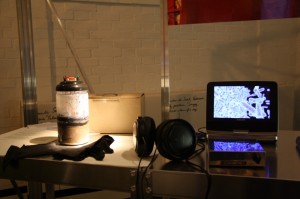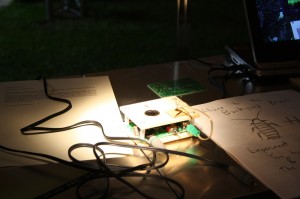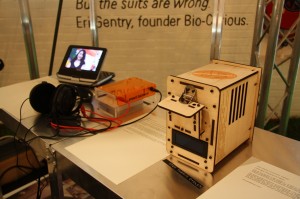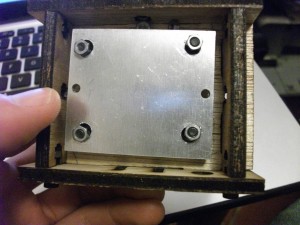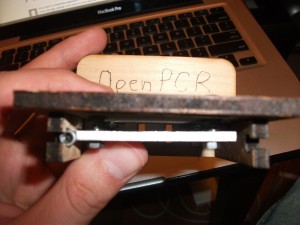New cases arrived this week, acrylic and wood!
Nodes rock!
That is, when you design them correctly. Working with birch wood, I added 1 simple node on each of the notches for the lid parts. The parts “snap” together, and glue doesn’t even seem necessary.
With 1/4″ acrylic, I used the exact same sized node as with the birch which didn’t work out so well. Acrylic is a lot less flexible than wood. I ended up just sanding off the nodes on the acrylic parts to get them to fit together correctly. (I’ll read up on what size nodes to use with acrylic, or comments are appreciated!)
This was my first time designing a case and immediately having it made with 2 different materials. The design was for birch, and I attempted to change the design for acrylic which is a good bit thicker. I made the holes for the notches wider which was a good first step. What I skipped was making the parts themselves a bit shorter to accommodate for the thicker material.
One other revision to make is 4 sets of holes/T slots don’t line up perfectly. I’m not sure why they got a bit off (Update: the tooth on the bottom edge was a few mm off, which pushed the holes off), but it’s definitely something to fix. I hacked the birch case to get everything to fit.
Down to business, the T-slot design is sturdy, and assembly is straightforward. With the T-slow and notched teeth, glue will no longer be necessary! I also found that rounded corners on laser cut wood make a big difference in durability. In my experience, sharp corners easily chip, wear down, and start to look less than best. Rounded corners are more durable and can take a bit more wear and tear.
Next up is the important step — when the flat aluminum parts arrive from Ponoko NZ we’ll test out the heated lid.
Both the acrylic and birch look great! Thanks Pololu and Ponoko :)
Inspired by: https://blog.ponoko.com/2008/11/03/how-to-create-better-nodes/


